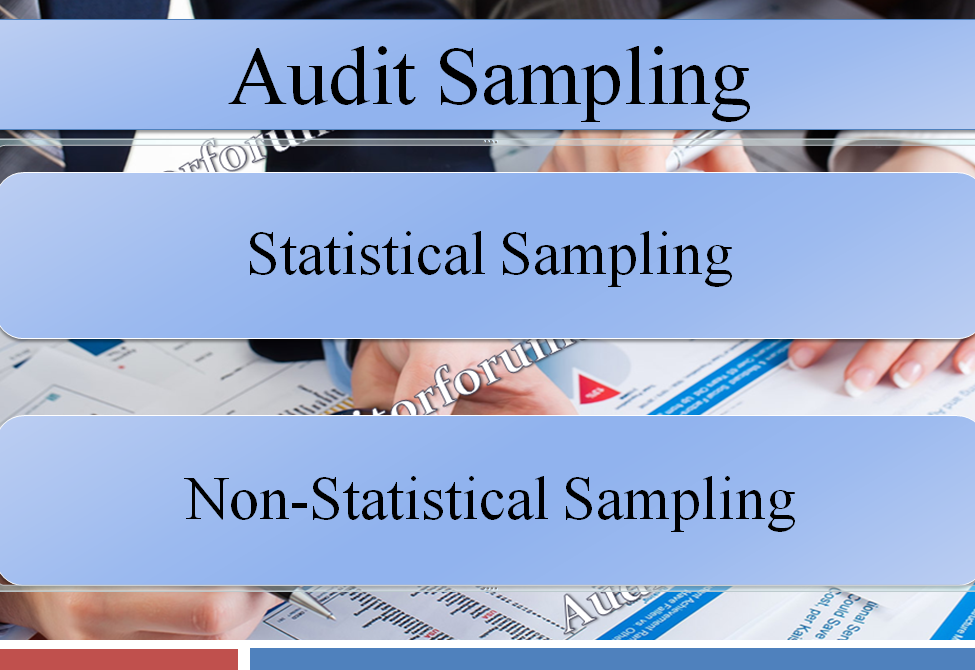Auditorforum has already discussed external confirmation and its procedures, now we will understand its practical implication through a case study. A real life scenario is described with solution to understand external confirmation process in detail. Students as trainee or professionals like auditors can understand the concepts in detail easily.
External Confirmation Case Study
You are currently in the planning phase of the audit of MW Limited (MWL) for the year ended 30 June 2017. The following information is available to you:
| Customer Segment | No. of Customers | Balance outstanding | 10 days | 10-20 days | 21-30 days | 31-90 days |
| Super markets | 12 | 20,014 | 8,125 | 5,053 | 6,396 | 311 |
| Wholesalers | 65 | 14,910 | 5,078 | 6,019 | 3,150 | 454 |
| Retailers | 553 | 4,743 | 1,756 | 1,798 | 724 | 278 |
| Five star hotels | 7 | 7,694 | 2,805 | 2,793 | 1,784 | 201 |
| Total | 637 | 47,361 | 17,764 | 15,663 | 12,054 | 1,244 |
50% provision for doubtful debts has been made by MWL against balances outstanding for more than 30 days whereas the balances outstanding for more than 90 days have been fully provided.
Required:
(a) Indicate what would be the basis for selecting debtors for circularizing positive and negative requests for confirmations.
(b) Briefly explain as to how you would deal with a situation where a debtor confirms a balance which is different from the amount appearing in the confirmation request.
(a) Selection of Accounts Receivable for circulation at year-end
(i)The debtors listing will be stratified in accordance with the different market segments (Super markets, whole sellers, retailers and five star hotels)
(ii)For positive circulation the selection may be as follows:
- All twelve super markets, as well as the seven five star hotels will be purposely selected (56% of the total debtors balance will be covered in this manner).
- Whole sellers and retailers will be stratified further according to value and days outstanding. A sample will be made from the above-mentioned sub-populations, with greater focus on the high value and long-outstanding populations.
- Debtors with nil and credit balances, as well as overdue debtors should also be selected.
(iii)A negative circulation of non-selected debtors may be considered on sample basis.
(b)Situation where a debtor confirms a balance which is different from the amount appearing in the confirmation request:
A response that indicates a difference between information requested to be confirmed and information provided by the confirming party is termed as exception. The exception may be on account of:
(i)Timing difference
(ii)Misstatement
- In case of timing differences, the auditor will need to reconcile the amount confirmed by the confirming party and the amount sent for confirmation.
- If the amount cannot be reconciled, the auditor is required to evaluate whether it is indicative of a fraud or deficiency or deficiencies in the entity’s internal control over financial reporting.
- In either case, the auditor will consider whether he needs to revise his risk assessment and audit procedures.
For more external confirmation case study keep visiting auditorforum.com. External confirmation is discussed at Auditorforum.com in detail in further posts.We are keen to know your feedback.







